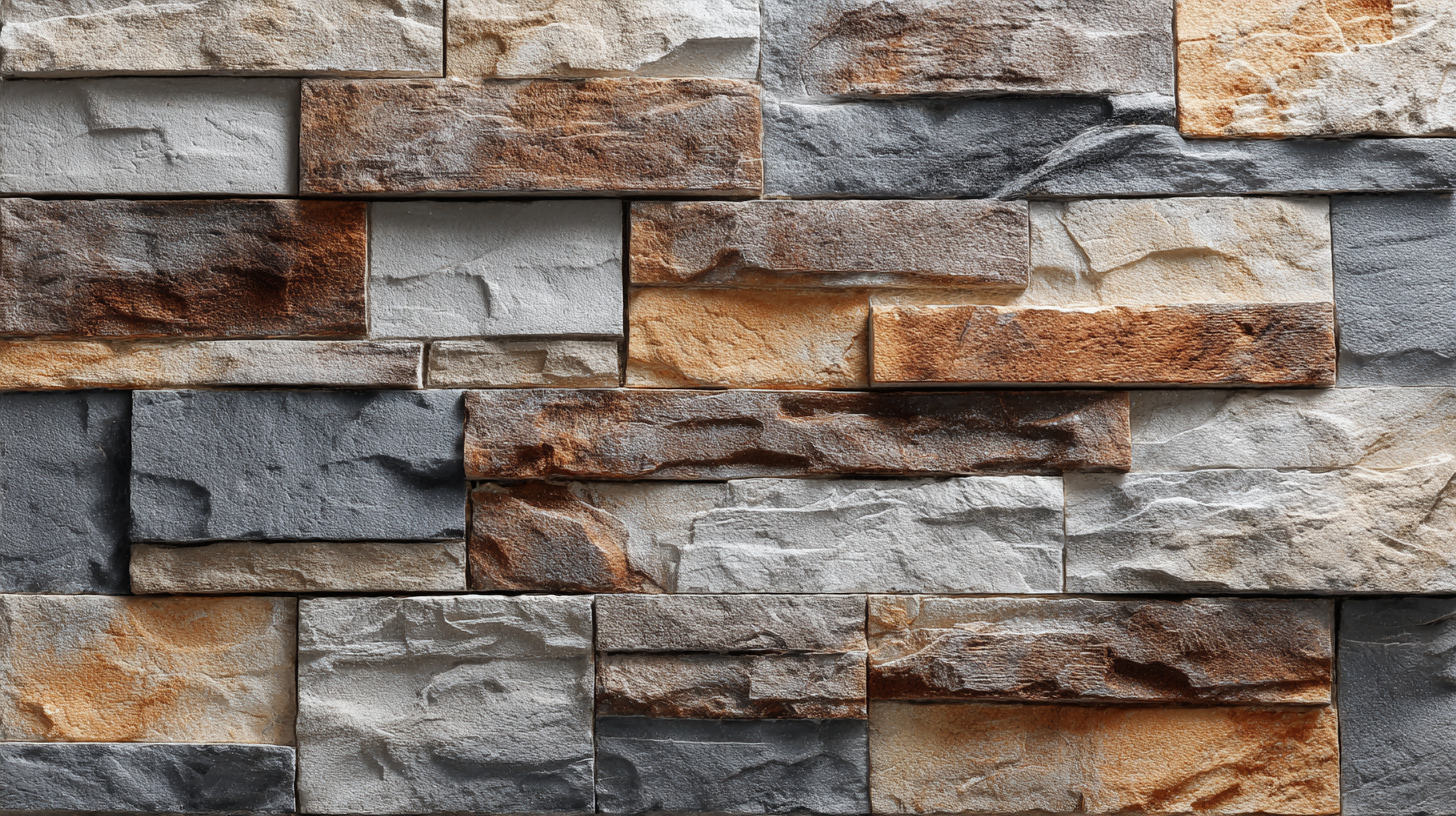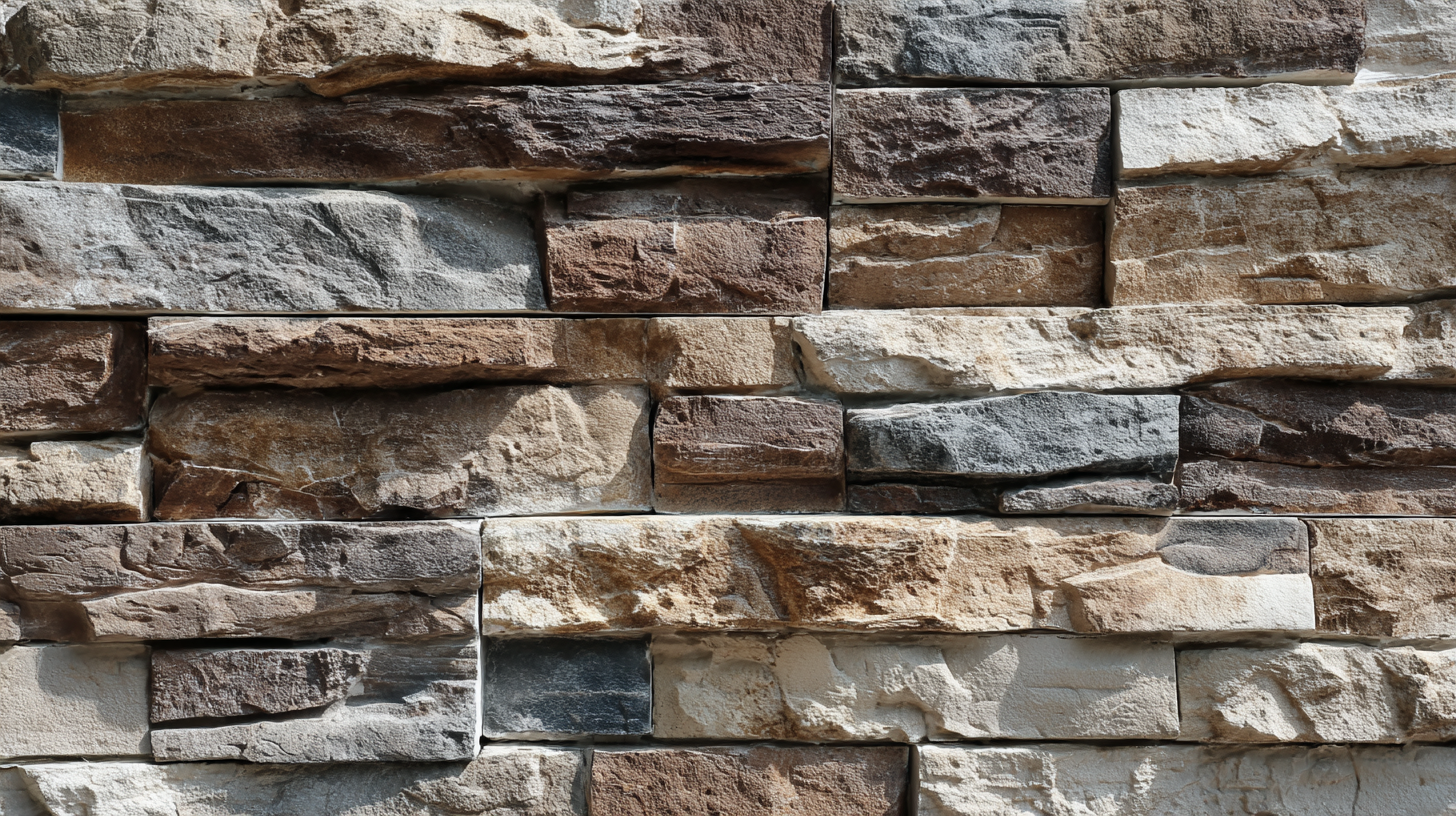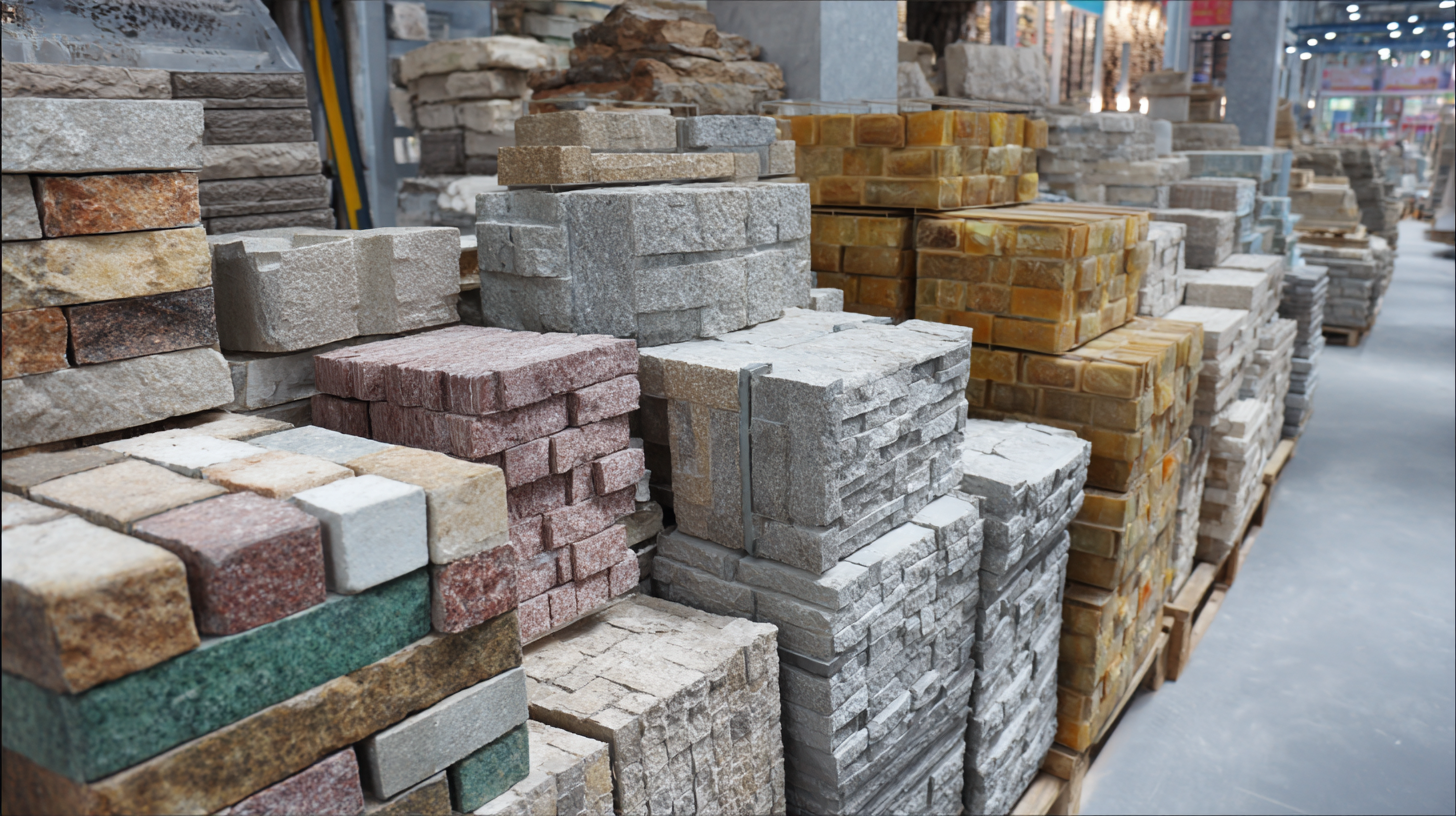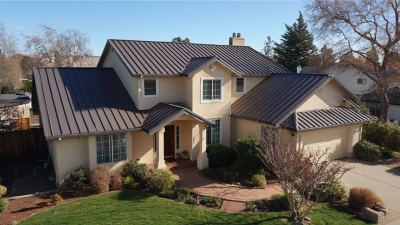The growing interest in sustainable and aesthetically pleasing building materials has positioned the "Exterior Faux Stone" market at the forefront of architectural design trends. As urbanization continues to surge in China, the demand for innovative and cost-effective facade solutions is expected to rise significantly. According to the latest industry reports, the global exterior faux stone market is projected to reach USD 4.2 billion by 2025, driven by the increasing preference for lightweight and versatile building materials.

The 138th China Import and Export Fair, taking place in 2025, provides an ideal platform to explore these emerging trends and showcase the advancements in faux stone technology. With a focus on enhancing exterior aesthetics while maintaining durability, exhibitors at the fair will likely highlight their latest offerings that meet both consumer preferences and regulatory standards, ultimately shaping the future landscape of construction in China and beyond.
As the exterior faux stone market continues to evolve, emerging innovations in materials play a crucial role in shaping future applications. Recent advancements in smart materials, for instance, demonstrate significant potential in enhancing the aesthetic and functional properties of faux stone products. These materials not only mimic traditional stone textures more accurately but also incorporate intelligent features that adjust to environmental changes, offering durability and long-lasting performance.
Moreover, the integration of sustainable practices in the design and production of faux stone materials is gaining traction. The development of lightweight composite structures allows for less energy-intensive manufacturing processes and creates products that are easier to transport and install. These innovations not only reduce the carbon footprint associated with exterior applications but also bring a new level of design versatility, catering to the increasing demand for eco-friendly construction solutions. The unfurling landscape of faux stone technologies thus presents a unique fusion of style, sustainability, and functionality in architecture.
The faux stone market is poised for significant growth as we look towards the 2025 China Import and Export Fair, driven by various growth factors and challenges. According to the latest industry report by Market Research Future, the global faux stone market is expected to grow at a compound annual growth rate (CAGR) of 5.9% from 2023 to 2028. In China, the rapid urbanization and increasing demand for sustainable building materials are key drivers fueling this growth. With more consumers opting for aesthetically pleasing yet cost-effective building solutions, faux stone is becoming increasingly popular in both residential and commercial construction.
However, the market also faces challenges that could hinder its expansion. One significant hurdle is the fluctuating prices of raw materials, which can impact production costs. Additionally, the rise of alternative materials, such as recycled composites and advanced polymers, presents competition for traditional faux stone products. According to a report by Grand View Research, these new materials are gaining traction due to their eco-friendly properties and innovative designs, prompting manufacturers in the faux stone sector to adapt or risk losing market share. Addressing these challenges through innovation and strategic partnerships will be crucial for success in the evolving landscape of the faux stone market.

As the 2025 China Import and Export Fair approaches, the exterior faux stone market is witnessing significant shifts in consumer preferences, particularly concerning aesthetic choices and sustainability. According to a recent market analysis by Research and Markets, the global faux stone market is projected to grow at a CAGR of 7.5% over the next five years, driven by increasing demand for visually appealing yet cost-effective building materials. Consumers today favor materials that not only resemble natural stone but also offer versatility in design and installation. Aesthetic trends lean towards natural earth tones and textures that evoke a rustic feel, aligning with a broader movement towards biophilic design.
Sustainability has become a crucial aspect of purchasing decisions. A survey conducted by Statista revealed that 68% of homeowners prioritize environmentally-friendly materials when renovating their exteriors. Manufacturers are responding to this demand by utilizing recycled materials and eco-friendly production processes in faux stone products. The trend towards sustainable construction is further supported by the growing awareness of carbon footprints and the need for energy-efficient materials. As businesses prepare for the upcoming fair, it is evident that integrating aesthetic appeal with sustainable practices will be key to attracting environmentally-conscious consumers.
This chart showcases consumer preferences in the exterior faux stone market, focusing on aesthetic choices and sustainability aspects for the year 2025. The data is divided into three categories: Color Preference, Texture Preference, and Sustainability Considerations.
The faux stone market is projected to evolve significantly by 2025, showcasing a competitive landscape dominated by leading players who are strategically positioning themselves to capture market share. Key players in this sector are innovating their product offerings and enhancing customer engagement through targeted marketing strategies. Collaborations, mergers, and strategic partnerships among major companies are becoming increasingly common as they seek to leverage each other's strengths and expand their geographical footprint.
Furthermore, as sustainability becomes a priority, companies in the faux stone market are exploring eco-friendly materials and manufacturing processes. This shift not only caters to growing consumer demand for sustainable products but also gives players a competitive edge in an overcrowded market. By focusing on quality, design innovation, and sustainability, key players aim to differentiate themselves and meet the evolving needs of both domestic and international customers in the faux stone industry.
| Category | Market Share (%) | Growth Rate (2021-2025) | Key Strategies |
|---|---|---|---|
| Natural Stone Imitation | 30% | 7% | Focus on sustainable materials |
| Brick Design | 25% | 5% | Emphasis on customization |
| Wood-Look Faux Stone | 20% | 6% | Innovative design techniques |
| Other Designs | 25% | 4% | Expansion into new markets |
As we approach 2025, the demand for faux stone is expected to rise significantly, driven by a blend of aesthetic preferences and practical considerations. With the interior design landscape evolving, homeowners are increasingly seeking sustainable alternatives that emulate the beauty of natural stone without the associated environmental impact. The trend towards creating personalized and serene living spaces will likely influence the adoption of faux stone, as it offers versatility in design while being more cost-effective than traditional materials.
Moreover, economic factors, including potential tariffs and legislation aimed at promoting sustainable products, will shape the faux stone market. Industry stakeholders must stay ahead of these trends, anticipating shifts in consumer behavior and preferences for eco-friendly materials. As technology advances, manufacturers are likely to develop more innovative faux stone products that not only mimic the look of natural stone but also enhance durability and reduce maintenance needs. The outlook for the faux stone market appears promising, with forecasts indicating robust growth as these trends converge in the coming years.







